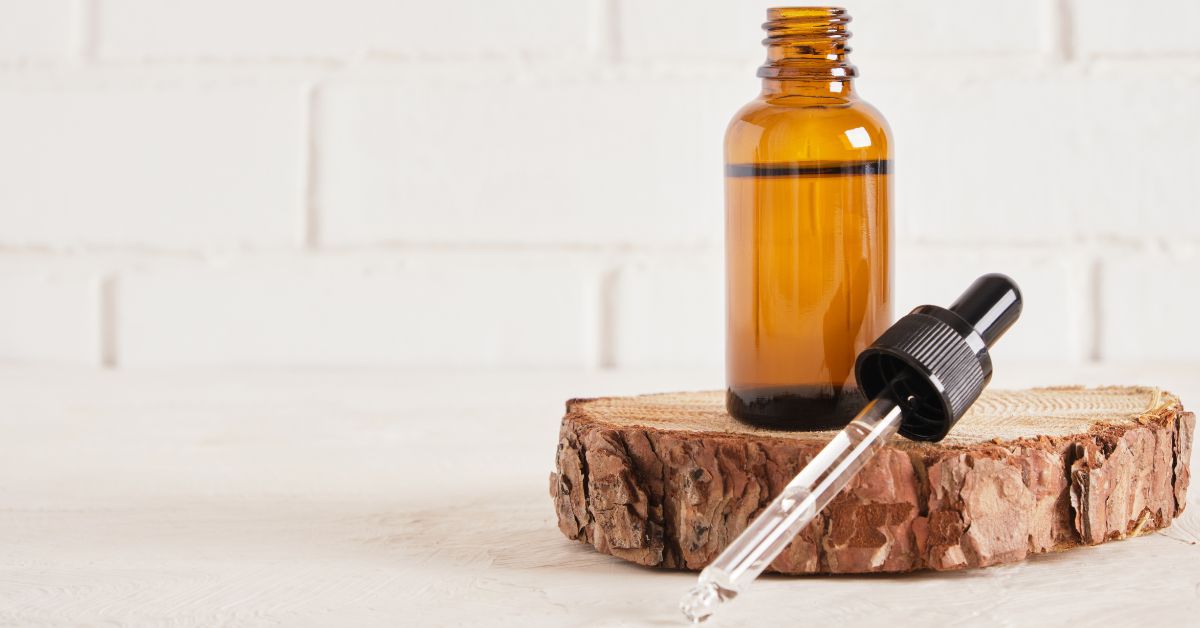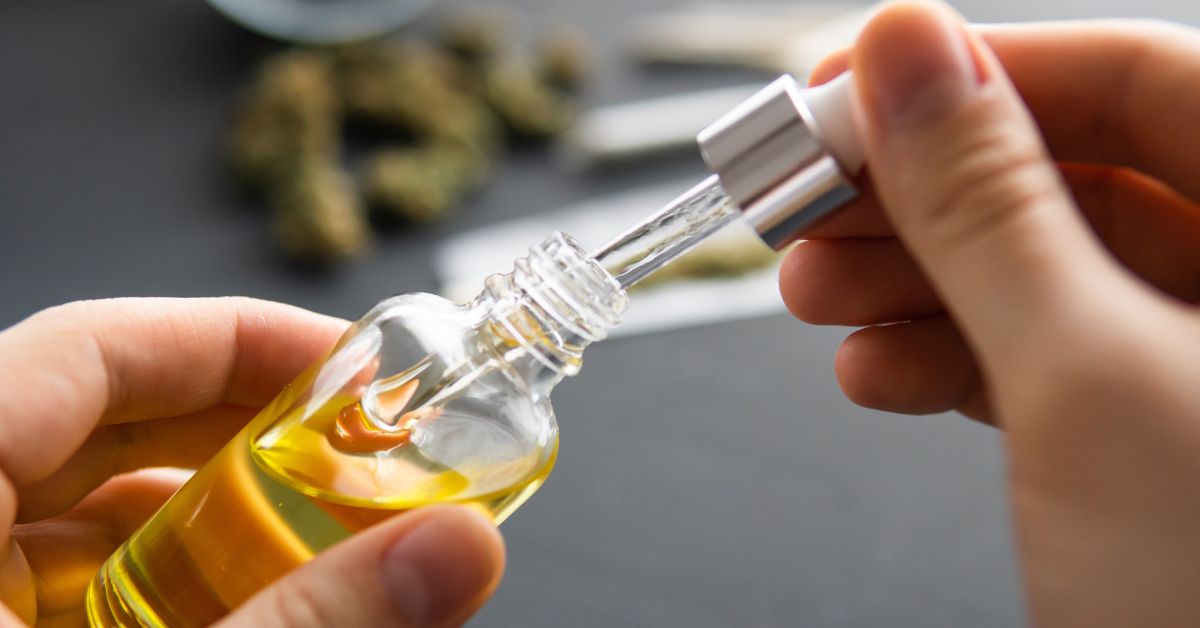Consumer demands for sustainability require business owners and managers to embrace eco-friendly practices and materials. Some professionals are revisiting old practices to overcome modern environmental challenges. The Milkman Model is making a comeback because it reintroduces reusable packaging strategies to reduce waste.
This blog explores what the Milkman Model is, its benefits, and how your business can adopt it to contribute to a circular economy while meeting consumers’ sustainability demands. Explore how business leaders are reusing glass packaging and other materials to reignite the Milkman Model.
What Is the Milkman Model?
The Milkman Model is centered around reusable packaging. Inspired by the traditional milk delivery system, the model allows consumers to buy a product, use it, and return the empty packaging for the business to clean, refill, and reuse. This system minimizes single-use packaging waste and creates a closed-loop system that benefits the environment and the economy. Modern business leaders are adopting this concept by applying it to a diverse range of products, from beverages and cosmetics to cleaning supplies.
Reusable packaging includes glass, stainless steel, and certain plastics. These materials can withstand multiple uses, offering functionality and a sustainable edge.
Benefits of Implementing the Milkman Model
Transitioning to the Milkman Model presents advantages for business leaders and consumers alike. This approach reduces your company’s ecological impact and aligns your brand with consumer expectations for sustainability. Using reusable materials cuts down on single-use waste while demonstrating a commitment to lowering carbon emissions. It can be a big step in your business’s efforts to implement a sustainable packaging plan.
Companies that adopt this model may see improved brand loyalty. Eco-conscious consumers are more likely to support businesses that demonstrate sustainable values.
Additionally, reusable packaging can result in long-term cost savings, as it eliminates the need for continuously purchasing disposable containers. Beyond financial savings, it helps business leaders stay on top of government regulations targeting single-use plastics and the push for companies to adopt sustainable practices.
The Milkman Model also plays into innovation. It encourages business owners and managers to design aesthetically pleasing and high-quality reusable containers. These designs enhance the customer experience while adding visual appeal to your brand and cementing your company as a leader in sustainability.

How To Implement the Milkman Model in Your Business
Incorporating the Milkman Model involves strategic planning and gradual adaptation. To begin, focus on re-evaluating your supply chain. Assess which aspects of your packaging you can transition to reusable materials, and analyze what systems need to change for collecting, cleaning, and refilling. Depending on the size of your business, you could partner with local or global cleaning facilities to manage this process.
Next, educate your customers. Adopting a reusable system relies on consumer participation, so start communicating these changes early on to judge customer reactions. Set up convenient collection points or implement pick-up systems to make it easier for customers to participate. Additionally, offering discounts for returned packaging will encourage customers to participate.
Digital tools can also promote a smooth transition. By using technology to track packaging returns and reuse rates, business leaders can gain valuable insights into their program’s success. This data also helps them identify inefficiencies and provides the opportunity for further innovation.
Choosing Packaging for the Milkman Model
The success of this model depends on the type of packaging materials you use. Not all materials are suitable for multiple cycles, so choose options that can withstand wear and tear without compromising product quality.
For this reason, glass packaging is one of the most popular choices for reusable systems. Choosing high-quality wholesale glass jars makes it easy to secure as much product as you need that will hold up to many cycles of reuse. Glass is safe, resistant to contamination, and easy to sterilize for reuse.
Your packaging design should focus on functionality. Containers need to be easy for consumers to handle, empty or rinse, and return without damage. Investing in sturdy closures and ergonomic designs guarantees durability with multiple uses.
Don’t overlook aesthetic details, either! Visually appealing packaging attracts customers and makes them more invested in returning the packaging.
Seek suppliers who align with your sustainability objectives, and work with partners who offer a balance of quality, durability, and eco-conscious manufacturing. By prioritizing sustainability in material sourcing, your business strengthens its environmental commitment.
Overcoming Challenges of This Model
Adopting the Milkman Model isn’t without hurdles, but knowing these challenges allows business owners and managers to overcome them. One common issue is establishing the logistics for collection and redistribution. Business leaders must plan shipping and logistics carefully to minimize costs and emissions. Collaborating with reverse logistics providers can streamline these processes and lessen the learning curve for reusable systems.
Cleaning and sanitization are other concerns. A reusable packaging system must prioritize hygiene, especially for food and cosmetic products. Many businesses outsource this function to specialized cleaning services in order to meet the standards of their industry without overburdening their operational processes.
Consumer hesitance is another challenge. While eco-conscious buyers are eager to adopt refillable programs, some customers resist change. Clear communication, educational campaigns, and tangible incentives can bridge this gap by making the process seamless and rewarding.
Scalability is another issue. Small businesses may face difficulties implementing an entirely new system, so it’s important to start small. Test programs in localized areas before scaling to cover broader markets. Completing tests ensures you address inefficiencies before committing to a large-scale rollout.

Find Reusable Packaging at FH Packaging
By adopting durable materials and systems aligned with the Milkman Model, your business can reduce waste while meeting the growing demand for sustainable practices. FH Packaging offers premium sustainable options, including wholesale glass jars, to support businesses that champion eco-consciousness.
Whether you’re revamping your packaging or testing reusable systems, our packaging solutions can meet your needs. Revolutionize your packaging today with a reliable supply of glass bottles, plastic containers, and other reusable items from FH Packaging.
The Future of the Milkman Model
The resurgence of the Milkman Model signals a shift toward sustainable packaging solutions. For business owners and managers, this is an opportunity to drive meaningful change while building relationships with eco-conscious consumers. By integrating reusable packaging into your operations, you can reduce waste and set a precedent for industry-wide innovation.
Now that you know how businesses are reusing packaging with the Milkman Model, be a leader in sustainability today. Explore FH Packaging’s selection of wholesale glass jars to kickstart your transition into this reusable packaging plan and create a lasting impact on your business and the planet.
